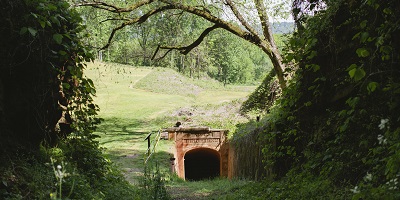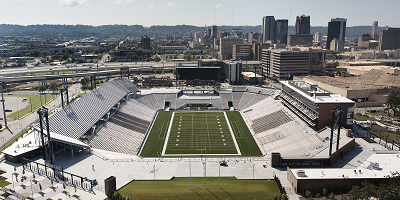Sloss Furnaces
Sloss Furnaces was once the largest manufacturer of pig iron in the world. From producing 24,000 tons of pig iron in its first year of operation to standing as a monument to the industrial revolution today, Sloss Furnaces set the ground for the City of Birmingham to begin.
Sloss Furnaces was founded in 1880 by Colonel James Withers Sloss. Sloss played an important role in the founding of the city by convincing the L&N Railroad to capitalize completion of the South and North rail line through Jones Valley. Sixty feet high and 18 feet in diameter, Sloss’s new Whitwell stoves were the first of their type ever built in Birmingham and were comparable to similar equipment used in the North.
Sloss Furnaces operated from 1882-1970, making it the longest continually running blast furnace in Birmingham’s history. Sloss received National Historic Landmark designation in 1981 and opened its gates as a museum in September 1983. Its collection consists of two 400-ton blast furnaces and 40 other buildings on the property.
Sloss is currently the only 20th-century blast furnace in the United States being preserved and interpreted as an historic industrial site. Sloss is an important reminder of the hopes and struggles of the people who worked in the iron and steel industry. Today, you can visit Sloss Furnaces National Historic Landmark to experience and discover the rich heritage of Birmingham’s industrial past.





 To exercise your privacy choices,
To exercise your privacy choices,